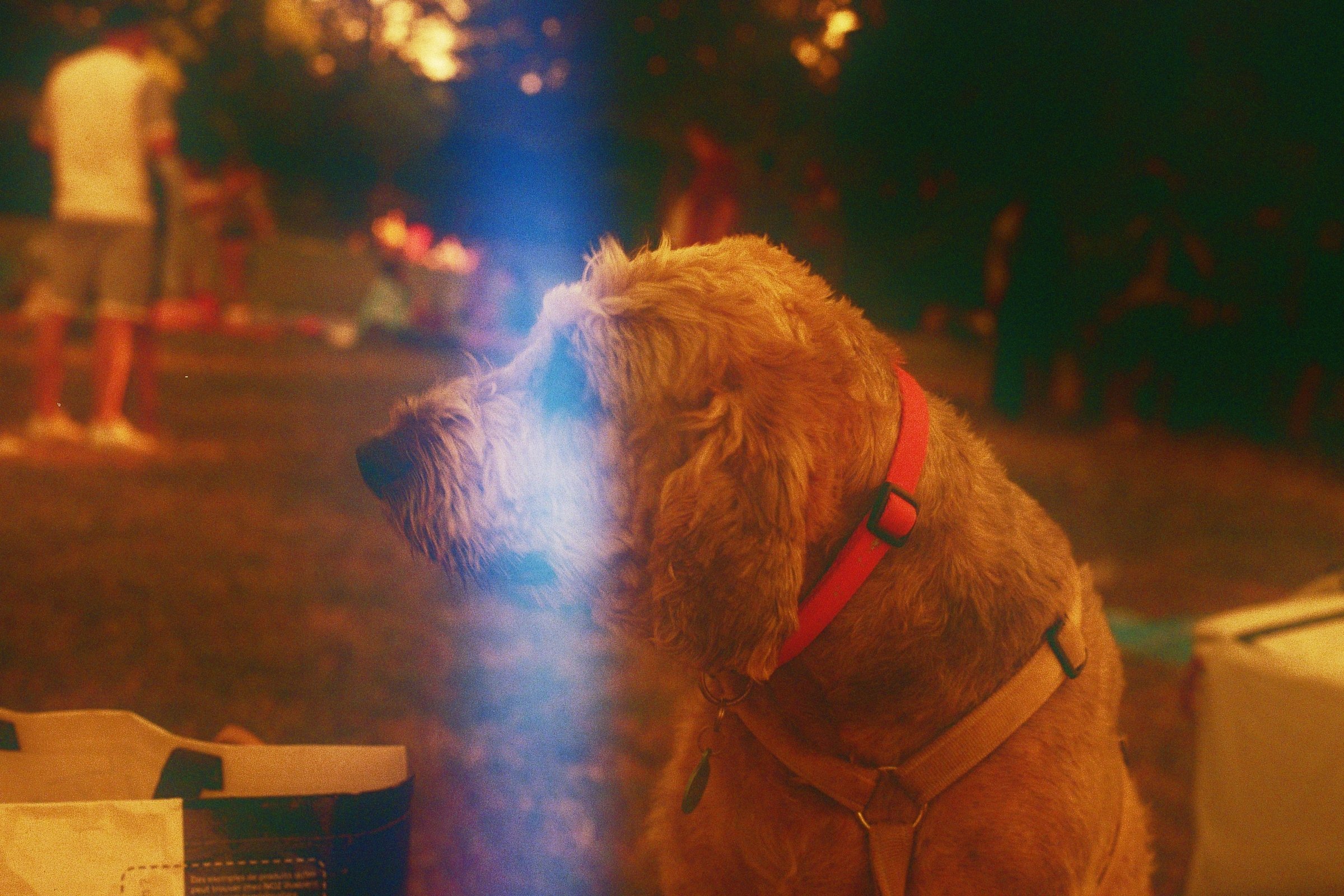SSN numbers are good for 999,999,999 people alive or dead. At some point the US will hit that, right? Do we start reusing numbers? Sounds like a disaster waiting to happen.
Just add another digit and watch the entire country break down because they can’t find someone to update their 40+ year old software written in COBOL.
Sorry we can’t employ you as your ssn is too long. Also we can’t have any new employees called Mike Smith as the HR system already has someone with that name.
The LMS we use at my school can’t handle multiple students with the same name. So we have John Smith and John Smith-2. We have like 2000 new students each year, and we have recently transitioned to this LMS. Smh
In this two thousand and twenty fourth year of our lord, there are still people using databases that don’t automatically append a unique number to entries to avoid this exact scenario…
Try XxMikeSmithxX
MikeSmith2.22.1989
See, Mike can’t forget his username if it’s his name and birthday.
And 69420 Mike Hunt’s
I want to see the high-octane action thriller where the grizzled old hand and the renegade upstart trek to the remote compound in the woods of Montana to find Bob, the last man alive who understands how some obscure part of the IRSs core systems works and bring him back in from the cold for one last job… to save America(s neglected computer systems from decades of under investment)
Act II needs to have an overdone political scene where congress doesn’t want to pass the budget and almost shuts down the Fed meanwhile some hackers from <focus group hated country> try to take advantage of the situation or whatever
Your average Vince Flynn novel lmao
AI, Sure! Here’s the full code:
…
We could switch to hexadecimal digits and we’d be good for 68 billion.
Why stop at hex? You could use the entire alphabet. Even if you take only uppercase letters and numbers, we are at 36^9 possible numbers. If we include lowercase and special characters from ASCII, we can go much further.
It’s all fun and games until you’re assigned an SSN that contains a profanity. Because you know there’s a strong chance they’ll forget to implement a check for that until someone complains, and an even stronger chance that something that looks like a profanity will escape the first implementation of checks.
e.g. There will be someone assigned IMABUM123 and a) that will get through the understaffed / automated profanity check (no four letter words) and b) the person who gets it will have so many problems getting people to believe that it’s really their SSN, including the people who could assign them a new one.
You can actually get a new SSN already, if you have strong cultural or religious issues with your SSN https://faq.ssa.gov/en-us/Topic/article/KA-02220
So no need to implement a check in software, let the people do it for you.
The most common reason to get a new number is because you were the victim of identity theft. The gross part is that getting a new SSN doesn’t actually remove your old SSN. It just ties your new SSN to your old one; You can use either one interchangeably, because the new one just automatically routes back to the old one. This means there are now two numbers that can be used to steal your identity, instead of just one. And it doesn’t prevent the people who already have your old number from continuing to use it.
Or language changes when the kids make new profanities.
E. G. For storage and performs reasons. 5 bytes vs 9 bytes. Multiplying by amount of users and various indexes - can produce very noticeably difference. More records per page.
If we say that the SSN database internally only stores numbers today, but could also store hexadecimal values without significant redesigns, I would assume that SSNs are stored as text already. So no matter if you put numbers, hex or text, 9 places will always use 9 bytes (assuming it’s ASCII only and doesn’t support UTF-8 etc.).
Furthermore, the post implied that the current technical limit is 999,999,999. That very much sounds like a character data type to me. Otherwise, the limit is usually something like 2^x.
If SSNs are stored as numbers today, then hex and text would lead to quite some change. If you go for a re-design, you can as well just increase the length of the field.
This man backs ends^
Just use IPv6
Social Security numbers are not unique identifiers.
Really?
Nope.
If you got your social Security number before 2011, your first three digits represent the geographical location you were born in. You share those three digits with each of your siblings who were born in the same geographical location before in 2011. Go ahead and ask them.
If memory serves, and all we would really need to do is check a Wikipedia article, the middle two digits were done in some weird sequence, and then the last four were pseudo-random.
So basically, any people receiving their social security number any multiple of 100 people apart from another (prior to 2011) in the same geographic location have a 1 in 10,000 chance of having identical social security numbers.
Basically, if you live in a large city, you definitely have a few twinsies out there.
This was changed in 2011, because of this, but it is still not a unique identifier. It’s just more random.
This generally isn’t true. The SSA makes an effort to assign a unique number to each individual. It’s happened before where two people have accidentally gotten the same SSN, but they try to avoid this.
An ID analytics study showed 40 million united states SSN had more than one name associated with them over a decade ago.
Whitepaper from LexisNexis, corporate background check company, explaining avout SSN not being a unique or even really reliable identifier
That white paper was very uninformative lol. I see now rereading your comment that its wasnt meant to support your 40 mil claim. So I googled varius combinations of ID analytics, ssn, studies, and 40 million but couldn’t find anything. I’m not that interested, I just wanted to read it tonsee if my gut feeling was correct. The funny thing is the white paper kinda outlined my gut feeling, that the 40 million count is wildly inaccurate demonstration of duplicate ssn’s being issued. Rather I felt it was more of an indication of the rampant problem this country has with the amount of stolen identities that happen each year.
Do you have any direction you could point me in to read more about this douplicate ssn problem?
Idk dude, just googled “id analytics ssn” and I immediately get a page of results of articles from 2012-15. Could probably just add “as someone else” in scholar for the paper
I guess i shouldve just asked where you pulled the 40 million from? Lol cuz that would mean 15% of the US is sharing ssn’s and that seems super high.
Thank you!
SS numbers can’t start with a 9, so you might wanna recalculate that.
Why not?
Reserved for employer identification numbers.
Or newborn babies. I still got a 950 number written on the back of my official birth certificate.
Interesting, never heard of that. I’ve certainly obtained EINs that begin 95-…
I don’t make the rules, but here ya go…
https://en.as.com/en/2021/10/19/latest_news/1634661081_521261.html
I think they’re used as placeholders while they file the documents. My OG SS number started with 950, but that only lasted until the paperwork was complete.
Obviously I won’t be sharing my private info here though, but yeah, those numbers can’t officially start with a 9.
There are several more that aren’t used. There are a few reserved for promotions or movies and such. 666, 900-999 and 000 numbers are out as well.
I believe that SSNs have to pass a luhn check too.
But that would mean there’s already duplicates in use as you’d be limited to 90 million rather than 900 million.
From the first link.
Unlike many similar numbers, Social Security numbers have no check digit.
From the second.
The Luhn algorithm is used to check or validate identification numbers to ensure their accuracy. Today, the algorithm verifies that a credit card or Social Security number was input and processed accurately.

Yeah, personally, I have questions about the luhn check myself. (I am not in a state to research more this evening, unfortunately.)
Considering there are around 330M citizens right now, I think they ran out already and they’re probably recycling them.
The first SSNs were issued in 1936 https://en.wikipedia.org/wiki/Social_Security_number
According to the death master file entry in wiki 111x10^6 SSNs died between 1962 and 2018. https://en.wikipedia.org/wiki/Death_Master_File
That’s 1.982 x 10^6 x deaths x year^-1. Assume that number to be a constant during the period 1936-2024
1.982 x 10^6 x deaths x year^-1 x (2024-1936) x year = 174.4 x 10^6 deaths
According to https://en.wikipedia.org/wiki/Demographics_of_the_United_States there’s 335.9 x 10^6 residents, but I can’t tell if they are citizens with SSNs, but I’m going to assume that for now.
So (335.9 + 174.4) x 10^6 is 510.3 x 10^6 spent SSNs.
According to the same demographics wiki article the birth rate is 11 births per 1000 population. Death rate is 10.4 deaths per 1000 population. Because I’m just doing back of the envelope estimation for fun, while trying to manage my hangover in the early afternoon, I’m not going to create an exponential function to describe population growth. Instead I’m going to only consider future the US population a constant and not consider the 200 x 10^3 annual net growth (it only affects the next year’s growth by 120 anyway)
With all of that BS out of the way, at the present birthrate the US requires 3.695 x 10^6 new SSNs annually. The total amount SSNs in the current scheme is (10^9) - 1. I’m going to be leaving out the -1. 10^9 total SSNs - 510.3x^6 spent SSNs leaves 489.7 x 10^6 SSNs available. 489.7/3.695 is 132.5.
So in conclusion, assuming a constant population, the US can go for another 132.5 years with the present scheme without having to reuse any SSN.
How about dead SSNs between ‘36 and ‘62? Great work on the calculation but all I’m saying is, if the government ran out of numbers and recycled them already, nobody would know about it. The whole situation is ridiculous if you ask me and there’s no database of SSNs you can compare it to. Weirdly enough, official government departments straight up lie about things and easily get away with it heh.
How about dead SSNs between ‘36 and ‘62?
That’s why I extrapolated from the 1962-2018 numbers and came to a total number of 174.4 x 10^6 deaths.
The whole situation is ridiculous if you ask me.
Oh I agree. But it’s a classic issue with old databases. We had a similar issue awhile back with license plates in Denmark. The plates had been assigned inefficiently by incrementing parts annually. So we had unused ranges as well as disused plates. But somehow nobody had made a list of these plates.
You could be right about them recycling numbers already, but 330 million < 999 million, so that wouldn’t be why
Oh, I didn’t realize that we were in the presence of a connoisseur in the ways of mathematics. /s
Well, if only one generation passed away, that already puts us at 660M lol. Then there’s immigration, temporary issued SSNs based on work visas (huge numbers here btw) and so on.
deleted by creator
I wish I was an overflow baby :-(
Office Space 2
“When the Overflow was noticed, everyone started updating their systems. And this causes people to fall through the cracks. Usually those people are just written off, but what we do is we take those people for ourselves.”
“So you’re stealing people?”
“No we’re not stealing people. They don’t have SSNs so they aren’t technically people?”
Norawy is facing a similar issue. Even though the national identification number is 11 digits, the first 6 are reserved for birth date. The 7th digit has some set of rules derived from which century the birth was (something like 5-9 is reserved for year 2000 and beyond). The 9th digit is even for women and odd for men. The 10th and 11th digit are fixed and derived from the rest of the numbers.
In conclusion, the system only leaves room for around 240 people per date of birth per gender (yes this system assumes 2 genders). So if the birth rate would have a spike, even just for a day, the system could be in trouble.
Could embiggen it by a factor of 10 by removing the gender marker.
It’d be easier for the government to start assigning new genders
Since the distribution of male/female is roughly 1:1, that wouldn’t really do anything (except for positively being more accepting). The real solution would be to unlock one of the two last digits, but you can bet that a ton of systems will break as they validate those digits.
Maybe they can just add one digit, or start using A-F
Probably recycle the oldest ones because those people will be long dead by then.
But let’s not kid ourselves, everyone paying into SS right now is never going to get the benefit of it because it will have collapsed.
It can never collapse unless Congress votes to make it collapse. Even in the future once the trust fund is spent down, benefits will be reduced to what comes in from current workers. That’s not the full amount but it will be something. I think something like 70%.
So it’s not going to collapse unless you think that anything but full benefits is a collapse.
I don’t know how you could possibly fit 999,999,999 people into an SSN, or even the entire current fleet of US SSNs. And I don’t know how reusing numbers will help, given the time to build a new SSN. But it will undoubtedly be a disaster for the USN and the US. Hopefully, some of us outside the US, will be alive to make memes about it.
Does it even have that many permutations when the first 3 and middle 2 are coded to actually mean something?
deleted by creator
They are regularly recycled.
Not according to the SSA’s Q&A:
Q20: Are Social Security numbers reused after a person dies?
A: No. We do not reassign a Social Security number (SSN) after the number holder’s death. Even though we have issued over 453 million SSNs so far, and we assign about 5 and one-half million new numbers a year, the current numbering system will provide us with enough new numbers for several generations into the future with no changes in the numbering system.
Haha, your reply beat out mine by only a minute.
This does not agree with what the Social Security Administration has published:
Q20: Are Social Security numbers reused after a person dies?
A: No. We do not reassign a Social Security number (SSN) after the number holder’s death. Even though we have issued over 453 million SSNs so far, and we assign about 5 and one-half million new numbers a year, the current numbering system will provide us with enough new numbers for several generations into the future with no changes in the numbering system.
The maximum possible combinations given the current rules set forth by the SSA is 888,931,098.
The United States population on October 11, 2024 is: 337,248,197 The estimated population of humans on earth is 8,078,345,740The social security administration has said they have enough SSNs to last for about the next 70 years, and will address this issue in the future.
Shouldn’t they do it while the COBOL people are alive to fix the code?
But people have been born and died, no? I’m sure total used is closer to something like 500-600 million?
Yeah the total number of SSNs already used would be higher than the current population, I would think. It didn’t seem to me that poster was trying to estimate SSNs used/left, just provide some important numbers as relevant context.
It’s been going since 1936 so ~90 years, and they reckon ~70 years left, so we have roughly 45% duration remaining. I’m guessing the rate of use speeds up over time and that has been accounted for, so probably we have more than 45% of the actual numbers left? I think I’d guess 450 million total used ssns.
The possible combinations exceed the maximum occupancy of this planet.
Only one country gets SSNs, not the whole planet.
Don’t remind then that America isn’t the world.
Also, ~999M is a whole lot less than the ~8B population we have now, so that is veritably not true
deleted by creator
















